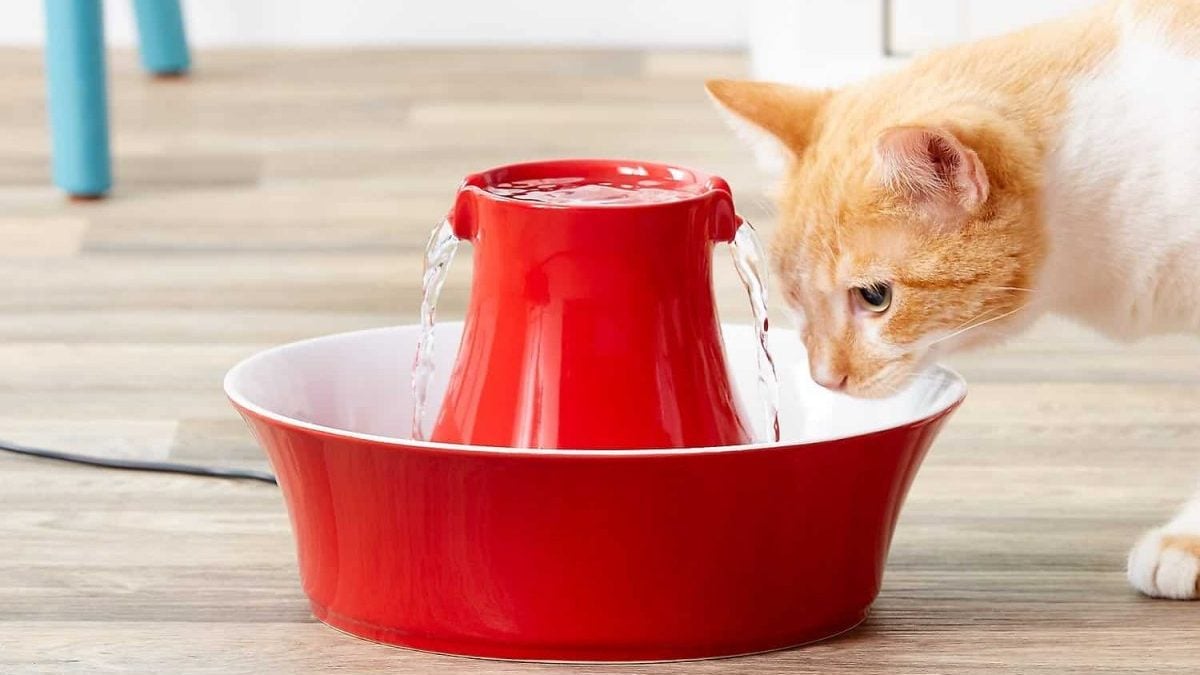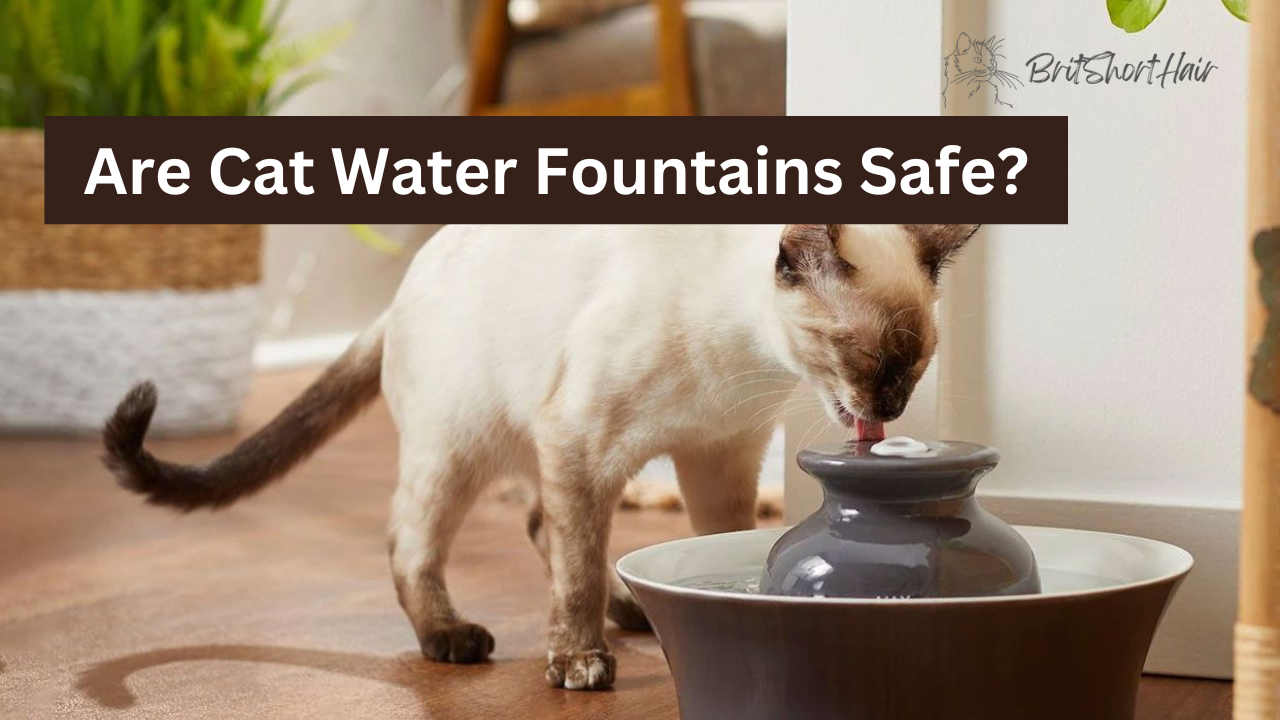Introduction
As dedicated proprietors of domesticated cats, it is without a shadow of a doubt that the safety and welfare of these feline companions are held in the highest regard by their owners. A crucial element in the provision of care for these revered animals involves the provision of pure, untainted drinking water. In an attempt to address this need, the concept of the cat water fountains has emerged as an increasingly popular alternative to traditional water bowls. Despite the growing interest in this innovative solution, however, a sense of uncertainty persists amongst many cat proprietors concerning the safety of this apparatus. Hence, the current article aims to delve into the safety aspects of cat fountains.
How Do Cat Water Fountains Work?
The feline community has long been in need of a reliable source of fresh and flowing water, and humans, in their never-ending quest to cater to the needs of their beloved feline companions, have designed a revolutionary invention: special water fountains for cats. These fountains come in an assortment of sizes and designs, showcasing the brilliance of human innovation.
However, despite their aesthetic differences, they all have a single feature in common: a pump that ensures the water is constantly being cycled through a filter, rendering it free from impurities and safe for feline consumption. To take things up a notch, some of these fountains even boast the option to modify the flow rate and incorporate a water storage tank, epitomizing the pinnacle of human ingenuity.
The feline community has responded to this technological marvel with unprecedented enthusiasm, as the ceaseless flow of water ensures that it remains oxygenated and more appealing to their discerning palate than the stagnant water often found in conventional bowls. In short, it is no surprise that cats prefer to drink from these fountains, with their insatiable curiosity driving them towards this novel and innovative contraption, and away from the monotonous mundanity of traditional water bowls.
Cat Water Fountains and Their Safety

Water fountain safety worries cat owners. The material used to make these devices may be dangerous to cats. Plastic may produce toxins that harm cats. Therefore, responsible cat owners should buy BPA-free plastic or other non-hazardous water fountains. Ceramic and stainless steel are better alternatives.
The water fountain’s condition can potentially harm our beloved kitties. Cats frequently get urinary tract infections, and drinking contaminated water worsens them. To keep the water fountain clean, the filters must be changed often.
Cats can drink from water fountains, but they can be dangerous. The electrical shock might occur if the cord is torn or the fountain is not grounded. The fountain’s pump should also be out of cats’ reach to prevent chewing.
Benefits of Water Fountains
There are different kinds of water fountains available, and you may wind up with one that only pours water out when it’s really needed. This can prevent bacteria growth in your cat’s water and keep it sanitary for drinking.
Urinary tract infections and renal illness are only two of the complications that can arise from being dehydrated. Provide water for your cat around the clock with a drinking fountain and you’ll both benefit from better hydration and nutritional absorption.
Hydration optimizes cat digestion. Well-hydrated cats produce more saliva, which aids food absorption. Your cat’s water quality matters too.
Chemicals and germs can harm your cat’s health, causing diseases and infections. A filter-equipped water fountain can help. Remove these pollutants to give your cat clean, safe water. However, consider the expense of replacing filters before buying.
Electric water fountains cool water, which is good for cats. Cool water is relaxing and bacteria-free for your pet. Therefore, when picking a cat water fountain, consider its filtering and cooling capacities.
Upkeep the pet water fountain

It’s crucial that you keep your pet’s water fountain clean at all times. Maintaining a clean fountain ensures that your cat always has access to fresh, healthy water. Your cat’s water fountain needs to be cleaned at least once a week.
Make sure to replace the filters in the water fountain as directed. Filters should be changed at varying intervals, from every two to four weeks to every three to four months. Make sure you’re replacing the filters as recommended by the water fountain’s manufacturer.
Conclusion
Water fountains may be a beneficial and entertaining addition to a cat’s home if they are properly cared for and used. They’re an alternative to standard water dishes that can be beneficial to a cat’s health. You should consider the materials used in the fountain and keep it clean and well-maintained to ensure the safety of your cat.

